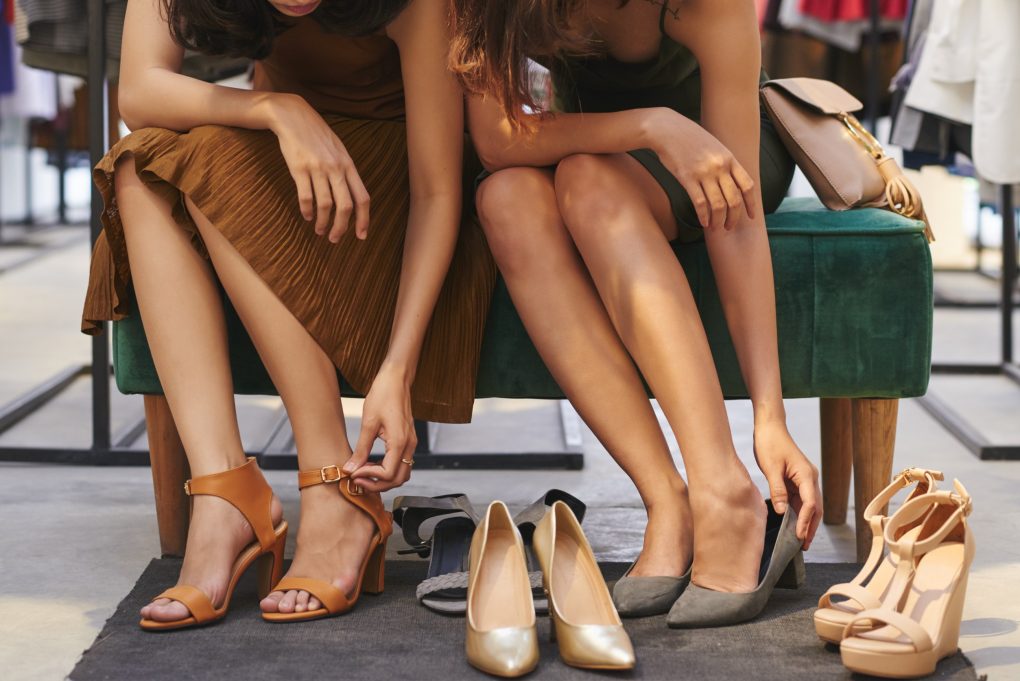How Many Shoes Are in the World: Shoe Production History and the Factors Affecting the Number of Shoes Worldwide
According to the World Footwear Yearbook, the global footwear market produced more than 22 billion pairs of shoes in 2021. However, it is essential to note that this estimate does not account for all the shoes in circulation at any given time, as they do not include shoes that are no longer being worn or that have been discarded.
It is difficult to determine the exact number of shoes worldwide because many factors can affect the number of shoes produced and sold, including population size, economic conditions, and fashion trends. Additionally, shoes wear out over time and are replaced, which can affect the overall number of shoes in circulation.


A Brief History of the Shoe Industry
Shoe production has a long history dating back to ancient civilizations but has undergone significant changes and developments over time. The Industrial Revolution marked a significant turning point in the production of shoes, as people developed new technologies and methods for mass production.
One of the critical innovations during this period was the use of machines to automate various parts of the shoe-making process, which vastly increased efficiency and reduced the cost of production. This led to a boom in shoe production and made shoes more accessible to the general population.
In the 20th century, technological advances and manufacturing techniques continued to shape the shoe industry. The development of new materials, such as polyurethane, allowed for producing more durable and comfortable shoes. The globalization of the economy and the rise of international trade also played a role in the growth of the shoe industry, as it became possible to source materials and labor from around the world.
Factors Affecting the Number of Shoes in Circulation
Supply and Demand
If more shoes are produced, there will be a more significant number of shoes in circulation. Conversely, if production decreases, fewer shoes will be in circulation.
The demand for shoes often influences the level of production. If there is high demand for shoes, producers will likely increase production to meet this demand and make a profit. On the other hand, if demand is low, producers may reduce production to cut costs and minimize losses.
In addition, production can be affected by a range of other factors, such as the availability of raw materials, the cost of labor, and the efficiency of the production process. For example, if there are shortages of raw materials or labor, or if the production process could be more efficient, then production may be slowed down or stopped, leading to a decrease in the number of shoes in circulation.
Distribution
Distribution refers to getting shoes from the point of production to the point of sale or use. It plays a significant role in the number of shoes in circulation because it determines the availability and accessibility of shoes to consumers.


If shoes are widely distributed and easily accessible, then there will be more shoes in circulation. For example, if shoes are sold in many retail stores and are available online, it will be easier for people to purchase them, increasing the number of shoes in circulation.
On the other hand, if the distribution is limited, there will be fewer shoes in circulation. This could be due to various reasons, such as supply chain disruptions, logistical challenges, or a lack of distribution channels.
Use and Disposal
If shoes are frequently worn and replaced, there will be a higher turnover and a more significant number in circulation. On the other hand, if shoes are used infrequently and kept for a long time, then there will be fewer shoes in circulation.
Several factors can influence the use and disposal of shoes:
- Durability: If shoes are durable and long-lasting, people may use them for a more extended period before being disposed of, reducing the number of shoes in circulation. On the other hand, if shoes are made less durable, they may need to be replaced more frequently, increasing the number of shoes in circulation.
- Fashion Trends: If certain styles or types of shoes are trendy, people may be more likely to buy and use them, increasing the number of shoes in circulation. Conversely, if certain styles or shoes are less popular, people may be less likely to buy and use them, decreasing the number of shoes in circulation.
- Personal Preferences: Some people may prefer to wear shoes for a long time and take good care of them, while others may be more likely to replace them frequently.
Economic Conditions
Economic conditions, such as the level of income and employment, can affect the number of shoes in circulation in several ways:


- Demand: If people have more disposable income and can afford to buy more shoes, there will be a higher number of shoes in circulation. Conversely, suppose economic conditions are complicated, and people have less disposable income. In that case, they may be less likely to buy new shoes, leading to a decrease in the number of shoes in circulation.
- Production: If the economy is strong and there is high demand for shoes, producers may increase production to meet this demand and make a profit. On the other hand, if the economy is weak and demand is low, producers may reduce production to cut costs and minimize losses.
- Distribution: If economic conditions are favorable, more shoes may be produced and made available for sale, increasing the number of shoes in circulation. Conversely, if economic conditions are difficult, production and distribution may be slowed down or stopped, leading to a decrease in the number of shoes in circulation.